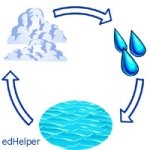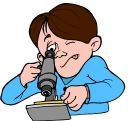
Worksheets and No Prep Teaching Resources
Reading Comprehension Worksheets
Water

Water
 Worksheets and No Prep Teaching Resources Reading Comprehension Worksheets Water |
 Water |
| edHelper's suggested reading level: | high interest, readability grades 5 to 7 | |
| Flesch-Kincaid grade level: | 4.99 |
|
Ocean Subdivisions
By Patti Hutchison |

|
 1 Giant clams, squid, jellyfish. The ocean is home to many interesting creatures. Imagine that the earth is a large city. The atmosphere, lithosphere, and hydrosphere are suburbs of the city. These suburbs are broken up into subdivisions. Different life forms live in these subdivisions.
1 Giant clams, squid, jellyfish. The ocean is home to many interesting creatures. Imagine that the earth is a large city. The atmosphere, lithosphere, and hydrosphere are suburbs of the city. These suburbs are broken up into subdivisions. Different life forms live in these subdivisions. |
Create Weekly Reading Books
Prepare for an entire week at once! |
| Leave your feedback on Ocean Subdivisions (use this link if you found an error in the story) |
 |
Water
|
 |
Special Education Science Materials for Teachers
|
 |
Science
|